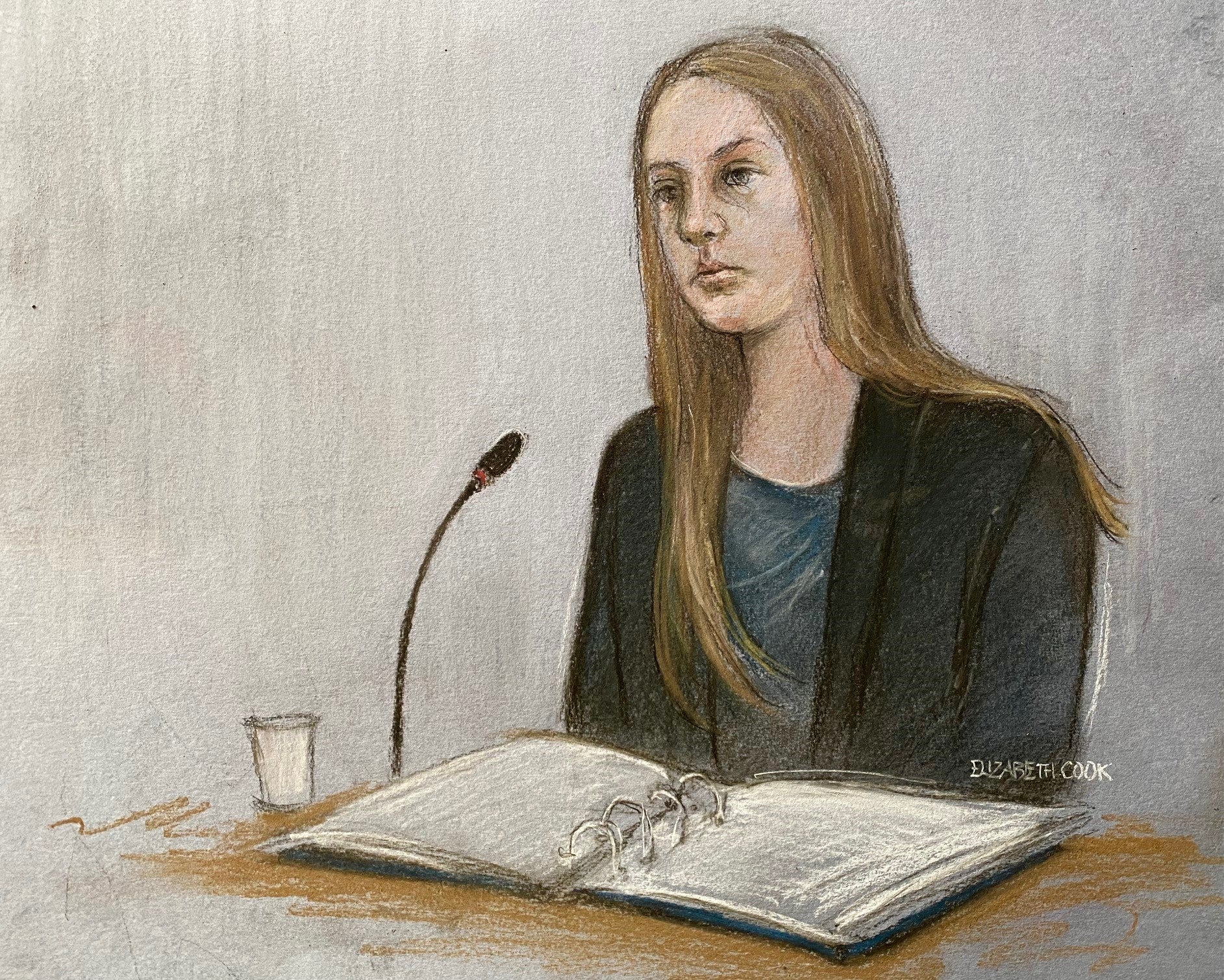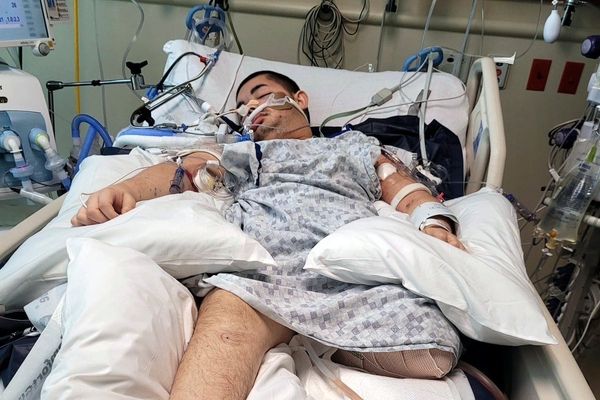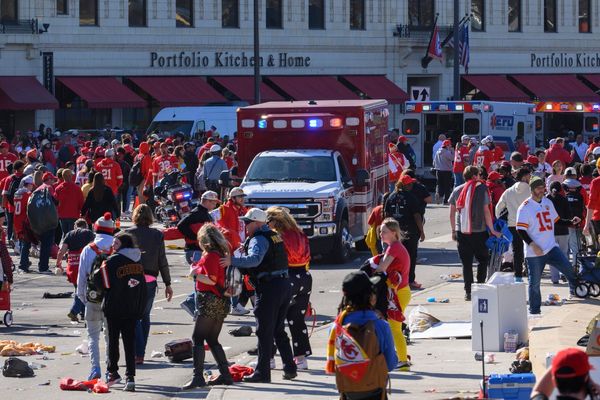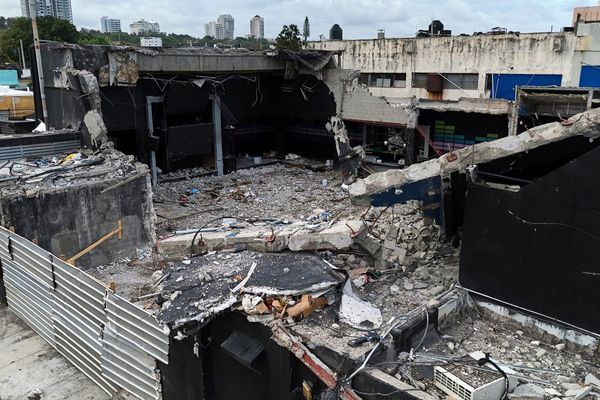A panel of experts has released medical summaries on the 17 babies involved in the murder trial of Lucy Letby.
The former Countess of Chester Hospital nurse was convicted in 2023 of murdering seven infants and attempting to murder seven others. A year later, she was convicted on one further count of attempted murder.
Letby, who is serving 15 whole-life orders, has always denied the allegations.
On Thursday, a panel of 14 medical experts provided its case summaries for all of the babies featured in Letby’s 10-month trial.
The summaries were handed over to the Criminal Cases Review Commission by Letby’s lawyer, Mark McDonald, in a bid to clear her name.
The panel concluded that no criminal offences had been committed at the Countess of Chester Hospital in 2015 and 2016.
Instead, it provided alternative causes for the babies’ deterioration, as follows:
Baby 1 (known as Child A in the trial): The prosecution said the boy was murdered by an injection of air into the bloodstream which caused an air embolism where bubbles form and block the blood supply. The panel found no evidence of air embolism and said the child had died from thrombosis, where a blood clot forms in a vessel.
Baby 2 (Child B): The prosecution said Letby attempted to murder Child A’s twin sister by also injecting air into her bloodstream. The panel found no evidence of air embolism and said the child had collapsed from thrombosis.
Baby 3 (Child C): The prosecution said the boy was murdered with air forced down his feeding tube and into his stomach. The panel said the child died following ineffective resuscitation from a collapse after an “acute small bowel obstruction” that went unrecognised.
Baby 4 (Child D): The prosecution said the girl was murdered by an injection of air into the bloodstream. The panel found no evidence of air embolism and ruled the child died of systemic sepsis, pneumonia and disseminated intravascular coagulation (blood clotting). Issues with failures to give relevant antibiotics were also identified.

Baby 5 (Child E): The Crown said Letby murdered the twin boy with an injection of air into the bloodstream and she also deliberately caused bleeding to the infant. The panel said there was no evidence of air embolism and bleeding was caused either by a lack of oxygen pre-birth or a congenital blood vessel condition.
Baby 6 (Child F): The prosecution said Letby attempted to murder Child E’s twin brother by administering insulin. The panel ruled that the child’s insulin levels and insulin/C-peptide ratio did not prove that exogenous insulin was used and were within the norm for pre-term infants. It added that there was poor medical management of the child’s prolonged hypoglycaemia.
Baby 7 (Child G): The prosecution said Letby attempted to murder the girl by overfeeding her with milk and forcing air down her feeding tube. The panel said there was no evidence to support air injection into the stomach or overfeeding. The infant’s vomiting and clinical deterioration was due to infection, it found.
Baby 8 (Child H): Jurors cleared Letby of one count of attempted murder and failed to reach a verdict on a second count. Prosecutors said the nurse sabotaged the girl’s care in some way which led to two profound oxygen desaturations. The panel said the deteriorations were due to medical mismanagement of a tension pneumothorax where air is trapped between the lung and chest wall.
.jpeg)
Baby 9 (Child I): The prosecution said Letby murdered the infant by injecting air into her bloodstream and stomach. The panel said it found no evidence of air injections and that the baby died of breathing complications caused by respiratory distress syndrome and chronic lung disease.
Baby 10 (Child J): Jurors could not reach a verdict on an allegation of attempted murder. No specific form of harm was identified by the prosecution but they said Letby did something to cause the collapse of the girl. The panel said the deterioration was caused by sepsis and there was no evidence to support malicious airway obstruction.
Baby 11 (Child K): The prosecution said Letby attempted to murder the girl by deliberately dislodging her breathing tube. Among its findings the panel said there was no evidence to support a dislodged endotracheal tube (ETT) and the clinical deterioration was caused by use of an undersized ETT.
Baby 12 (Child L): The Crown said the nurse poisoned the boy with insulin. The panel said the infant’s insulin-related levels were within the norm for pre-term infants and there was no evidence of deliberate administration.

Baby 13 (Child M): Prosecutors said Letby attempted to murder Child L’s twin brother by injecting air into his bloodstream. The panel said there was no evidence of air embolism and his collapse was caused by sepsis or a heart problem.
Baby 14 (Child N): The Crown said the boy was the victim of attempted murder by inflicted trauma in his throat and an air injection into his bloodstream. The panel said there was no air embolism and it was likely his blood oxygen levels dropped due to his haemophilia condition or routine cares, which was “exacerbated” by repeated attempts to insert a breathing tube.
Baby 15 (Child O): The prosecution said Letby murdered the triplet boy by injecting air into his bloodstream and inflicting trauma to his liver. The panel said he died from liver damage caused by traumatic delivery, resulting in bleeding in the abdomen and profound shock.
Baby 16 (Child P): Prosecutors said Letby murdered Child O’s brother by injecting him with air. The panel said there was no evidence to support that mechanism and that he died from a collapsed lung that was “suboptimally managed”.
Baby 17 (Child Q): Jurors could not reach a verdict on an allegation of attempted murder. The Crown said Letby attempted to murder the boy by injecting liquid, and possibly air, down his feeding tube. The panel said there was no evidence to support air injection into the stomach and the child deteriorated because he had early symptoms of a serious gastrointestinal problem, or sepsis.







